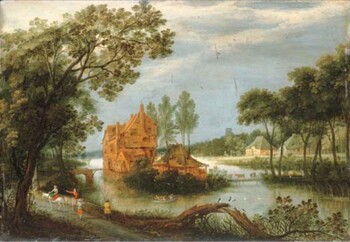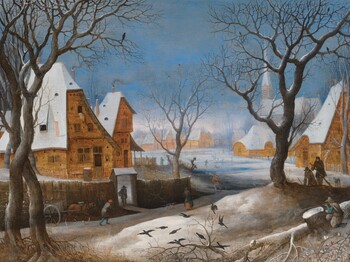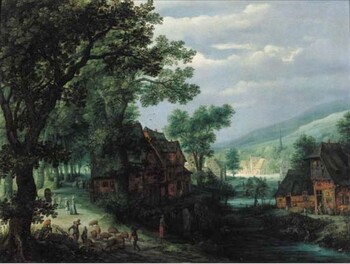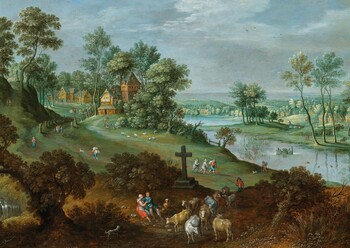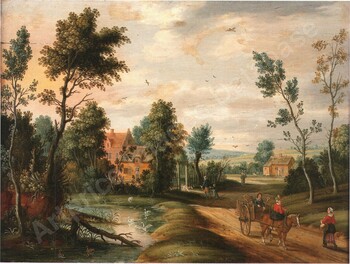12.300 €
In short
Adriaen van Stalbemt was an important and versatile Baroque painter from Antwerp. He did not often sign his works. There is a large diversity in both the subjects and the style of paintings that are being attributed to him.
About Adriaen van Stalbemt
Flemish painter
Antwerp 1580 – 1662 Antwerp
Painter of landscapes, history subjects (biblical and mythological), genre and allegorical scenes and gallery pictures.
Van Stalbemts parents fled in 1585 from Antwerp, following its re-conquest under Alessandro Farnese, because of the persecution of Protestants by the Spanish Catholics. They settled in the nearby (Dutch) province of Zeeland, in Middelburg.
Van Stalbemt returned in 1609 to Antwerp, where he became Master in the Painter’s Guild of Saint Luke. In 1618 he was elected Dean.
He was chiefly active in Antwerp. In 1633 he worked for seven months (some sources mention ten months) in London, at the request of King Charles I.
Van Stalbemt is known to have collaborated with several important painters, such as the brothers Jan I and Pieter II Brueghel, and with Frans Francken II.
His oeuvre shows great stylistic and thematic variety. He was open to the influence of very diverse painters, such as Jan Brueghel I, Gillis van Coninxloo II, Adam Elsheimer and Hendrick van Balen.
He was an excellent landscape painter, but also a good figure painter, known for his harmonious compositions filled with subtle details.
Usually van Stalbemt did not sign his works.
Why should you buy this painting?
Because it is a typical and attractive early 17th century Antwerp landscape.

